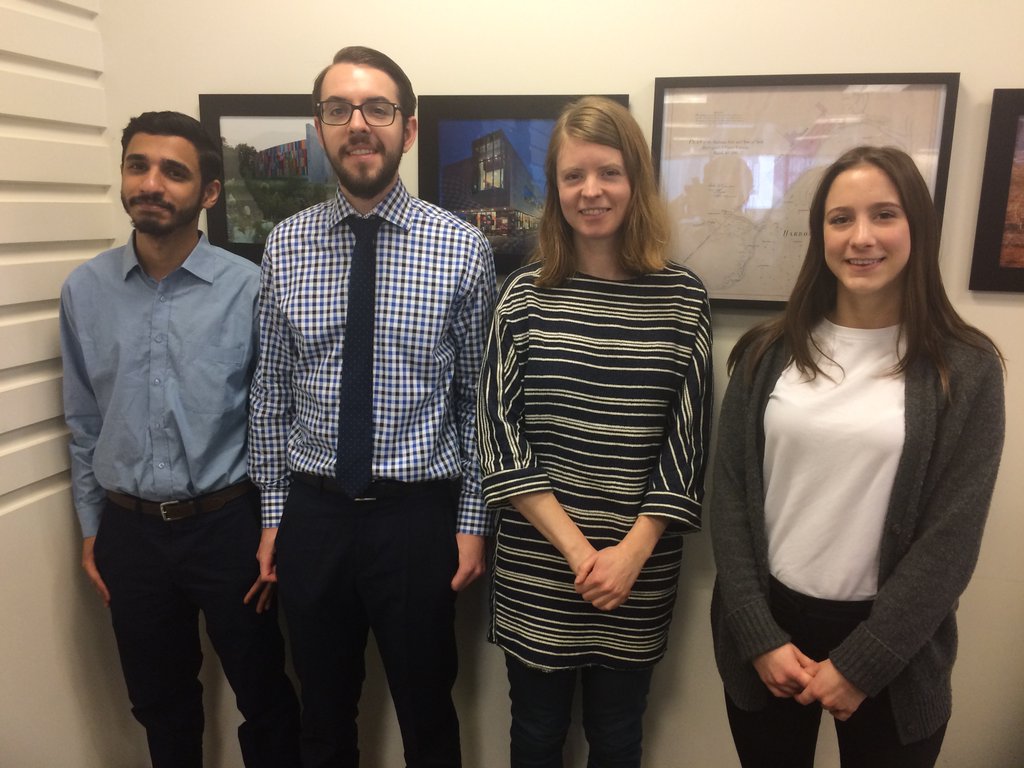I sure didn’t… Well, not at first. Approaching my last few weeks as an intern at Heritage Toronto I can say that one of the areas I learned a lot about during my time was the importance of heritage conservation and preservation.
I grew up in a small town where I had a few friends that lived in century homes and was constantly surrounded by plaques and markers at local parks and sites. I guess within this context I had become ignorant and unmoved by local stories and histories. Working at Heritage Toronto over the past few months changed this state of mind, and has opened up my interest to explore these existing narratives and look at the role of governmental and local agencies.
Heritage conservation and preservation is a complex and multilevel process, and one prior to my time at Heritage Toronto that I had no clue about. At the municipal level, you have charitable arms-length agency like Heritage Toronto, which focus on the promotion of local architecture, culture, archaeology and natural heritage. While I personally worked on a walking tour about the Chileans in Toronto and their impact in the city, this is only one example of the different ways the organization tries to promote local culture and preservation. Heritage Toronto also has a plaques and markers department, which offers plaques to century homes (a great article written a few weeks ago on Heritage Toronto’s role in this available here, but also historical context in Toronto. There are maps of Toronto’s plaques available on the Heritage Toronto website, and also at the Toronto's Historical Plaques, that can teach you a lot about places you walk through everyday or never were aware of. For example, in the Davenport neighbourhood that I am currently focusing on for its Chilean population has a unique history. During WWI, 672 Dupont Street had been a Ford automobile factory that on its roof had a test track for its cars. Without the acknowledgement of the importance of such historical locations, many places like the Ford automobile building would either be torn down for new construction or left to be destroyed.
Further, organizations like Heritage Toronto that work on the municipal level also rely heavily on councils and boards that act as an advisory committees for multiple governmental levels, providing the decision-making based on their expertise and knowledge. These committees are essential to heritage conservation and can be the ones making and striving for changes on the local level. Also, from what I hear as well, for those interested in local history and conservation, these committees can be a great and beneficial place to join.
Working at Heritage Toronto has also allowed me to explore the provincial level preservation and conservation methods. A few weeks ago I was able to participate in the Architectural Conservancy Of Ontario’s (ACO) next generation job shadow program where I spent the day exploring and learning about the Ministry of Tourism, Culture and Sports. (The picture below is of me with the other job-shadowees)
At the provincial level many heritage preservation and conservation techniques run through existing legislation and regulations. The Ontario Heritage Act and Planning Act are both essential to the Ontario Heritage Toolkit, that provides guidelines for actors at all levels. (You can read more about the toolkit here While the provincial level aims to produce standards and compliance to these guidelines, they act as important agents involved in the protection of sites across the provinces, working with municipal and national levels to ensure this.
While giving you a brief summary of the roles of municipal and provincial levels in heritage conservation, I want to leave you with the recognition of how important these agencies are to the Canadian context. The preservation of local history and culture within Canada means not just recognition of European settlers who set up forts along the rivers, but the existence and perseverance of Aboriginal culture, and the immigrants who will continue to bring their own tradition to new spaces. Ultimately, in understanding the diverse roles of heritage conservation and what it can mean to individual groups of people clarifies this field of work’s importance to everyone.

